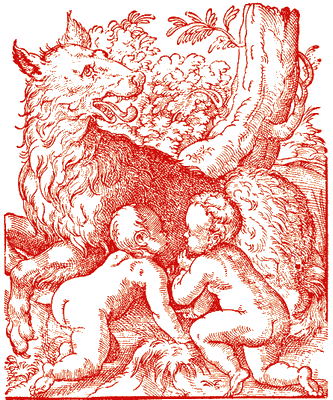|
|
Please note that Mommsen uses the AUC chronology (Ab Urbe Condita), i.e. from the founding of the City of Rome. You can use this reference table to have the B.C. dates
From: The History of Rome, by Theodor Mommsen
Translated with the sanction of the author by William Purdie Dickson

Page 40
Course of Literature and Rhetoric
But about his time began also the scholastic higher instruction in Latin, separated as well from elementary Latin as from Greek instruction, and imparted in special establishments by paid masters, ordinarily manumitted slaves. That its spirit and method were throughout borrowed from the exercises in the Greek literature and language, was a matter of course; and the scholars also consisted, as at these exercises, of youths, and not of boys. This Latin instruction was soon divided like the Greek into two courses; in so far as the Latin literature was first the subject of scientific lectures, and then a technical introduction was given to the preparation of panegyrics, public, and forensic orations.
The first Roman school of literature was opened about Stilo's time by Marcus Saevius Nicanor Postumus, the first separate school for Latin rhetoric about 660 by Lucius Plotius Gallus; but ordinarily instructions in rhetoric were also given in the Latin schools of literature. This new Latin school-instruction was of the most comprehensive importance. The introduction to the knowledge of Latin literature and Latin oratory, such as had formerly been imparted by connoisseurs and masters of high position, had preserved a certain independence in relation to the Greeks. The judges of language and the masters of oratory were doubtless under the influence of Hellenism, but not absolutely under that of the Greek school-grammar and school-rhetoric; the latter in particular was decidedly an object of dread.
Do you see any typos or other mistakes? Please let us know and correct them
|
|
Reference address : https://ellopos.net/elpenor/rome/4-12-nationality-religion-education.asp?pg=40